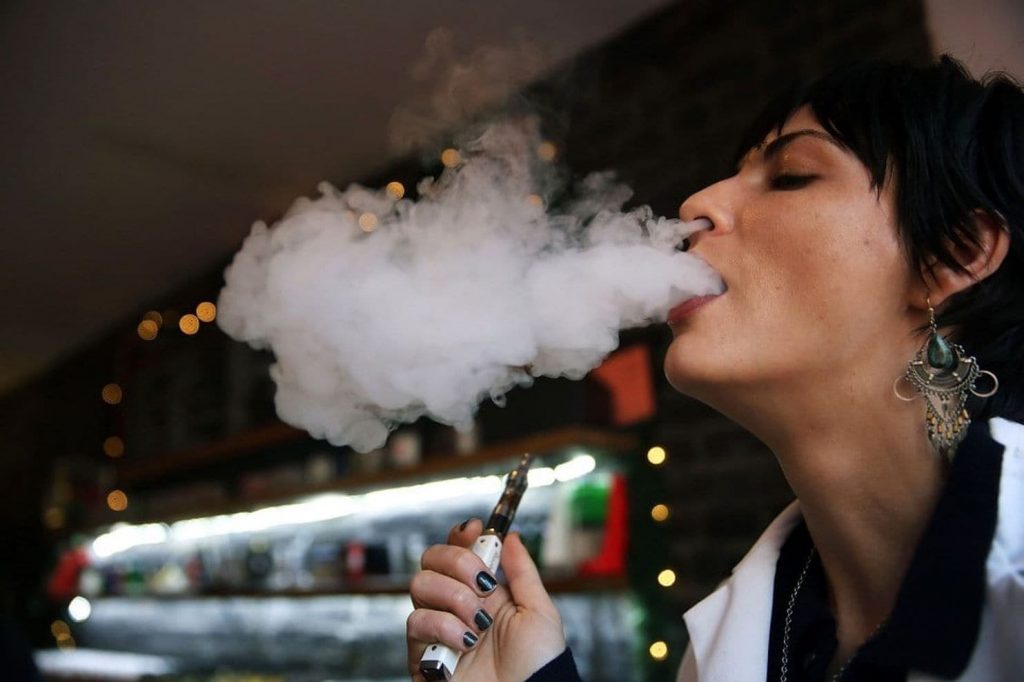The reality of the tobacco threat has caused a global surge in action against tobacco. The number of premature deaths attributed to tobacco at least in the twentieth century amount to about 100 million. With no smoking cessation policy intervention this figure is expected to raise to one billion. According to the WHO India is predicted to have the fastest raise in number of deaths in the first twenty years of the 21st century if no action is taken. Indian’s anti-tobacco law came to light in April 2003 at the same time the stinging Framework Convention on Tobacco Control (FCTC) was being concluded by the WHO.
The Dry Herb Vaporizer is provided to the people to consume the dry herb. The selection of the right one will depend on the skills and intelligence of the individuals. You need to purchase the best one to have the desired results. A pleasant experience is available to the users.
Tobacco prevalence in India is especially remarkable when compared to any other country. Amongst men tobacco use prevalence is generally above 50 percent from all regions of the country with a heavy bias towards rural than urban men. This is consistent with studies elsewhere in the world which show a greater propensity to smoke for people with low income. Depending on the region under consideration women in India are heavily involved in the use of smokeless tobacco and prevalence varies from 15 percent to 60 percent. Yet again India is not spared from teenage tobacco use. 3.3 percent to 62.8 percent of school going age kids depending on region use tobacco in India. All in all tobacco use in India is estimated to kill as many as 600 000 to 900 000 people every year.
Apparently the tobacco problem in India is deep. It will require consistent governmental and non-governmental intervention to overcome. In its own context, beedie smoking is the most popular form of tobacco smoking in India. This is followed by cigarette smoking. Paan with tobacco is the major chewing form of tobacco.
In as far as regulation is concerned which is the subject of this article, the government of India made an attempt as early as 1975 to regulate cigarettes. It enacted the Cigarettes Act. This act made it mandatory to display health warning on all packages and advertisements of cigarettes. Clearly this law was put in place enough it was not informed by further developments and findings of for example second hand smoking which came to light worldwide in the 80s. The 2003 Cigarettes and Other Tobacco Products Bill was perhaps the first concise step by the government to create a more effective smoking cessation policy.
This particular bill bans smoking in public places including indoor workplaces. It also bans direct and indirect advertising of tobacco products even through it permits point-of-sale advertising. The bill further bans sales of tobacco products to minors. Specifically tobacco products cannot be sold to children less than 18 years of age and more interestingly tobacco products cannot be sold within a radius of 100 yards of educational institutions.The bill forces display of pictorial warnings on packaging in addition to using English and one or more Indian languages for health warnings. Tobacco ingredients such as tar and nicotine are to be declared on product packaging.






